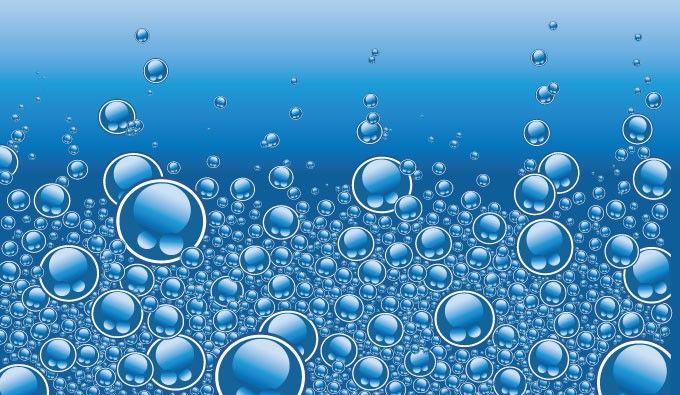Canberra Scientists Using Hot Bubbles to Sterilise Water
Published on by Water Network Research, Official research team of The Water Network in Academic
Professor Barry Ninham and Professor Ric Pashley have developed world-first technology that heats water more effectively and efficiently than boiling it.
 The technology can be used for desalination, cleaning recycled water and removing toxic elements like arsenic, mercury and lead. "We're using hot bubbles, a bubble column evaporator," Professor Ninham told.
The technology can be used for desalination, cleaning recycled water and removing toxic elements like arsenic, mercury and lead. "We're using hot bubbles, a bubble column evaporator," Professor Ninham told.
"In that system you can take bugs and you can sterilise them."
Professor Ninham said removing drugs and viruses found in recycled or dirty water had previously been difficult.
"It turns out the hot bubbles do it," he said. "If a virus comes in contact with the surface of a hot bubble — where all hell's breaking loose in ways we don't understand — the virus is killed.
"If you take a drug or antibiotics in water ... it destroys the drug."
'Hot bubble technology' much cheaper, more energy efficient
Professor Ninham said the process was much cheaper and more energy efficient than current methods.
"It's easy to heat bubbles whereas to heat water takes a lot of energy and money," he said.
"We believe we can desalinate water for one-tenth or less of the cost of present desalination.
"Present desalination techniques that use membranes are very expensive and even then they have problems."
Professor Ninham and Professor Pashley have gathered a team of researchers and scientists to form RENEWater.
The new venture is working with the University of New South Wales (UNSW) and industry to take the technology to the Third World, disaster zones and anywhere clean water is difficult to source.
The technology is going through trademark and patenting with the approval of UNSW.
Source: ABC News
Media
Taxonomy
- Water Pollution
- Treatment
- Decontamination
- Technology
- Desalination
- Water Pollution Control